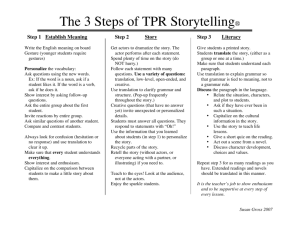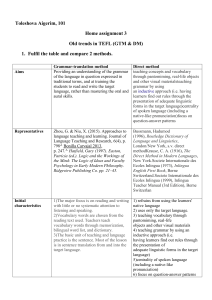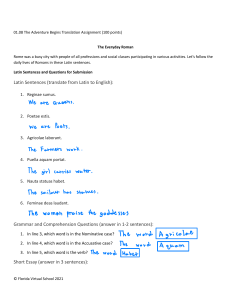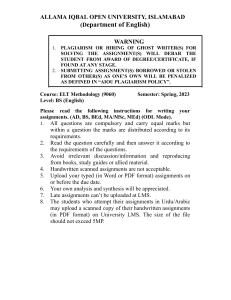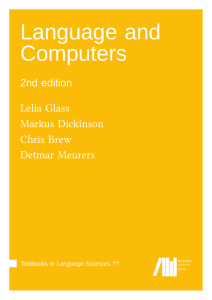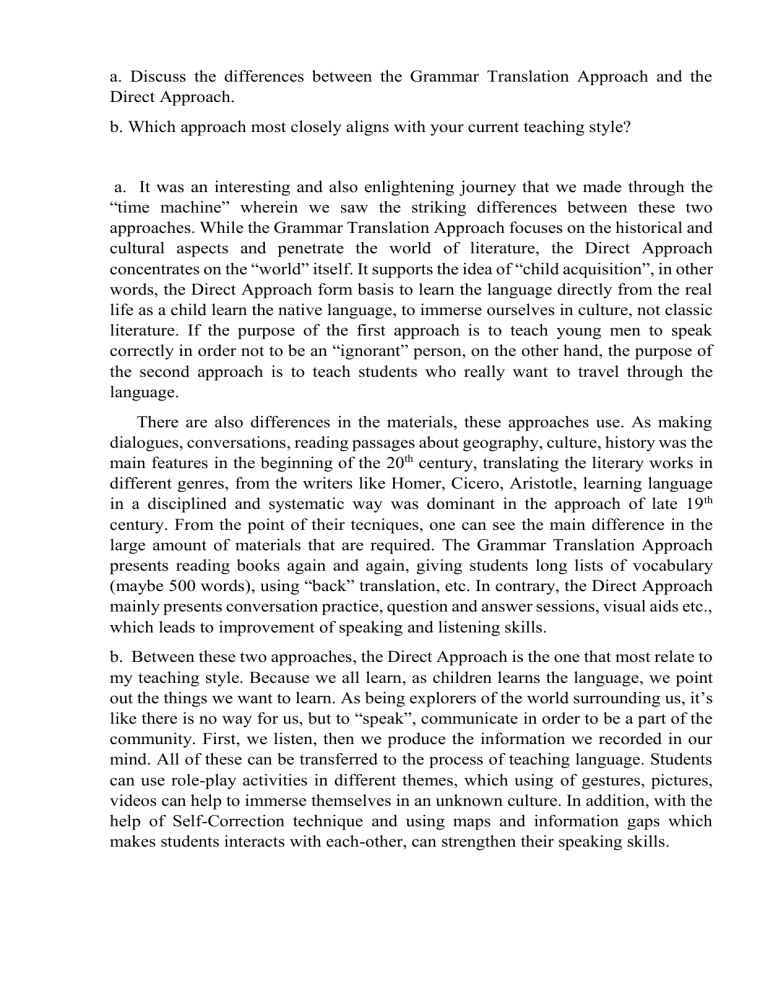
a. Discuss the differences between the Grammar Translation Approach and the Direct Approach. b. Which approach most closely aligns with your current teaching style? a. It was an interesting and also enlightening journey that we made through the “time machine” wherein we saw the striking differences between these two approaches. While the Grammar Translation Approach focuses on the historical and cultural aspects and penetrate the world of literature, the Direct Approach concentrates on the “world” itself. It supports the idea of “child acquisition”, in other words, the Direct Approach form basis to learn the language directly from the real life as a child learn the native language, to immerse ourselves in culture, not classic literature. If the purpose of the first approach is to teach young men to speak correctly in order not to be an “ignorant” person, on the other hand, the purpose of the second approach is to teach students who really want to travel through the language. There are also differences in the materials, these approaches use. As making dialogues, conversations, reading passages about geography, culture, history was the main features in the beginning of the 20th century, translating the literary works in different genres, from the writers like Homer, Cicero, Aristotle, learning language in a disciplined and systematic way was dominant in the approach of late 19th century. From the point of their tecniques, one can see the main difference in the large amount of materials that are required. The Grammar Translation Approach presents reading books again and again, giving students long lists of vocabulary (maybe 500 words), using “back” translation, etc. In contrary, the Direct Approach mainly presents conversation practice, question and answer sessions, visual aids etc., which leads to improvement of speaking and listening skills. b. Between these two approaches, the Direct Approach is the one that most relate to my teaching style. Because we all learn, as children learns the language, we point out the things we want to learn. As being explorers of the world surrounding us, it’s like there is no way for us, but to “speak”, communicate in order to be a part of the community. First, we listen, then we produce the information we recorded in our mind. All of these can be transferred to the process of teaching language. Students can use role-play activities in different themes, which using of gestures, pictures, videos can help to immerse themselves in an unknown culture. In addition, with the help of Self-Correction technique and using maps and information gaps which makes students interacts with each-other, can strengthen their speaking skills.


